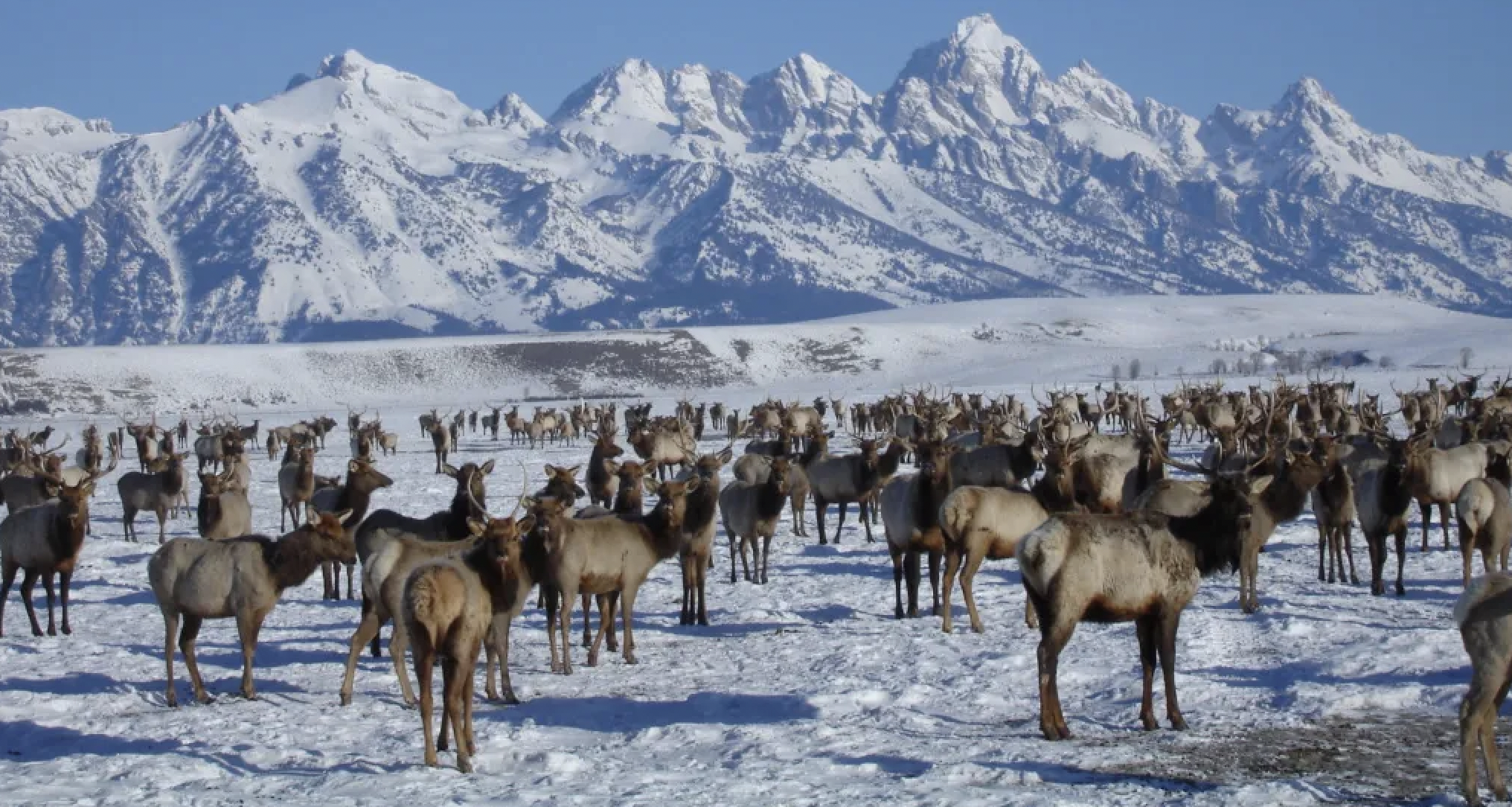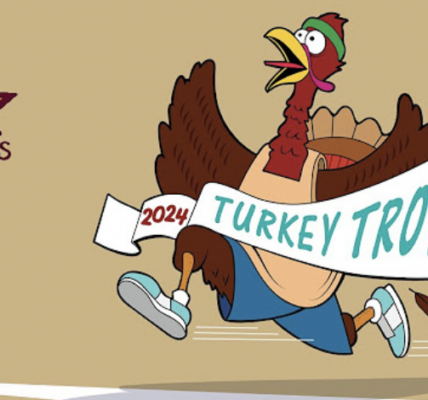
By Billy Arnold
Jackson Hole Daily
Via- Wyoming News Exchange
JACKSON — There’s at least one person in Teton County who sees a silver lining in the low snowpack.
“I’m probably the only person in Jackson Hole that’s happy we don’t have a lot of snow,” said Eric Cole, the National Elk Refuge’s senior wildlife biologist. “It just makes life a lot easier for the elk. It makes for a less complicated and shorter feed season.
“Given our goals of reducing reliance on supplemental feeding,” Cole said, “conditions like this are much more favorable than conditions we had last year.”
Cole counts wapiti as they move onto the refuge each winter. Typically, at the end of December there are some 4,500 elk munching irrigated grasses on the southern half of the 24,700-acre refuge.
But as of Wednesday, Cole was counting only about 3,200 elk in that area. A lower snow year has allowed some elk to stay at higher elevations in the Gros Ventre foothills east of the refuge and even more to stay on private lands between Wilson and Moose.
On Wednesday, Cole measured an inch of snow at refuge headquarters. That’s the lowest measurement recorded on Dec. 27 since observations began in 2007 and 6.5 inches less than average.
At the end of December 2022, which was a relatively snowy start to the winter season, Cole counted 14 inches of snow at headquarters and some 5,900 elk on the refuge.
Mountain Weather meteorologist Jim Woodmencey said the amount of snow in the valley is lower than at upper elevations — but not the lowest it’s ever been.
“There’s more than a dozen other years where we’ve had less snow than this in December,” Woodmencey said.
Typically, elk avoid the National Elk Refuge during the fall hunt but arrive within days of the hunt ending. This year, however, there was so little snow that elk were able to find forage elsewhere in the valley — and still are. Wapiti didn’t start trickling onto the refuge until about two weeks after this year’s hunt ended. Dec. 15 was the last day.
While some elk are still hanging out in the Gros Ventre foothills, Cole said the vast majority of elk that are likely to eventually winter on the refuge are on private land between Jackson Hole Airport and the confluence of the Gros Ventre and Snake rivers.
“They’re apparently finding everything they need there without even coming to the refuge,” Cole said.
Cole doesn’t know when refuge officials will start feeding elk this year, but it will likely be later than typical because more natural forage is available for the animals.
But when the refuge does begin feeding, its employees will start dropping alfalfa pellets for the hungry wapiti two weeks later than they otherwise would, an attempt to get the elk to spread out, reduce their reliance on supplemental feed and slow the spread of chronic wasting disease, an always-fatal neurological condition that can easily spread when animals congregate on feed lines. So, if feeding would otherwise start on Feb. 1, refuge biologists won’t set up feed lines until Feb. 15.
Woodmencey said the high pressure system keeping moisture from reaching the West may let up in the next few weeks.
“Everybody’s still got last year in their mind,” he said. “This year is on the grim side of things, but it’s been there before. By the end of next week, the pattern should start changing and we’ll be getting back into it.”





